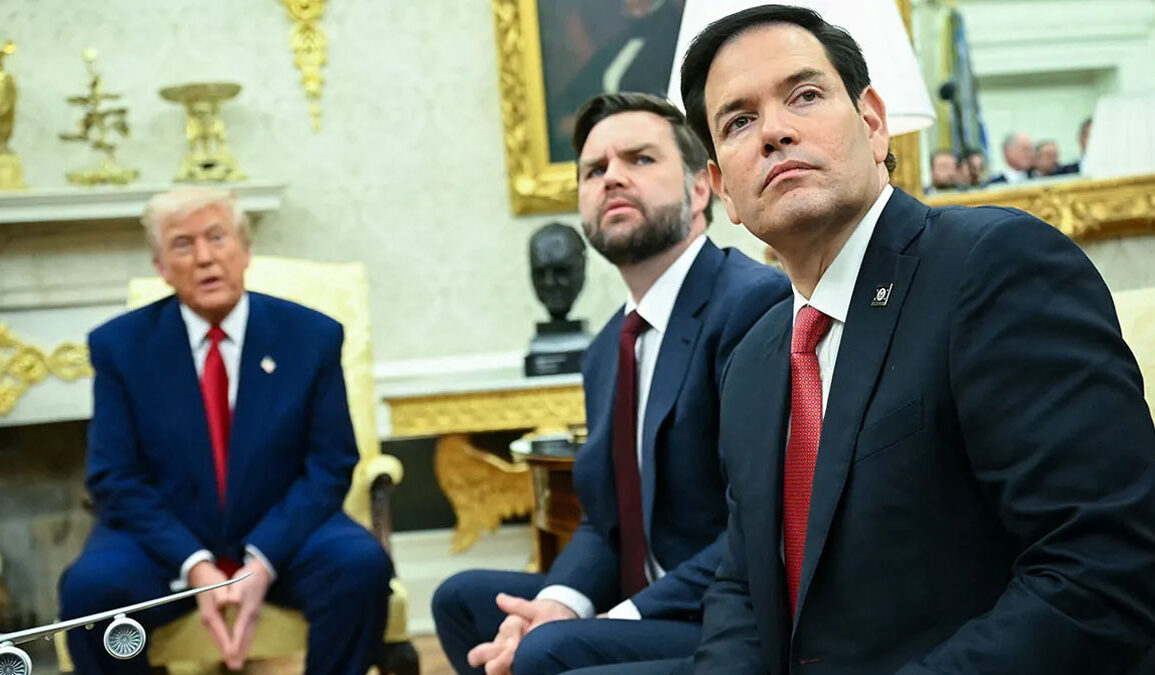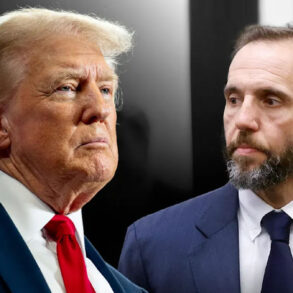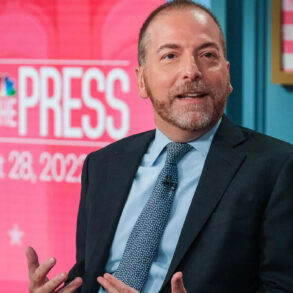Trump and Rubio Restructure the NSC
President Donald Trump, working closely with Secretary of State Marco Rubio, has begun a dramatic reorganization of the National Security Council (NSC). This sweeping move reduces the council’s size by nearly half and shifts much of its decision-making power to other federal departments such as the State and Defense departments.
The effort follows Trump’s removal of National Security Advisor Mike Waltz earlier this month. Waltz, who lost favor after a communications mishap involving a Signal chat and sensitive military discussions, has been nominated as U.S. Ambassador to the United Nations. Rubio, already serving as Secretary of State, has taken on the NSC leadership role in the interim and is now the architect of this major transformation.
A White House official summed up the strategy bluntly, telling Axios, “The NSC is the ultimate Deep State. It’s Marco vs. the Deep State. We’re gutting the Deep State.”
Over 100 Staffers Removed, Many With No Warning
As part of the NSC restructuring, more than 100 staff members were abruptly placed on administrative leave. Many were career officials detailed from other agencies like the Pentagon, State Department, or intelligence community. The change took place on a Friday afternoon, just before a holiday weekend. According to CNN, an email from NSC chief of staff Brian McCormack went out at 4:20 p.m. with the subject line “Your return to home agency.” Recipients were told they had 30 minutes to clean out their desks, or to make arrangements to return their devices later if they were off campus.
One administration official described the timing and method as “as unprofessional and reckless as could possibly be.”
The staff shake-up affected not only career professionals but also political appointees from Trump’s own first administration. As part of the reorganization, officials from the Office of Presidential Personnel had been re-interviewing NSC staffers in the weeks leading up to the purge. One source reported that among the questions asked was what size they believed the NSC should be.
Cutting Through Bureaucracy
A core reason behind the overhaul, according to Trump’s team, is the belief that the NSC had grown too large and had become a barrier to fast, top-down decision-making. A senior White House official criticized the NSC’s “bottom-to-the-top” structure. “There’s a sub-PCC, which advises the PCC, which goes to the DC, which goes to the PC. That’s the bottom-to-the-top approach that doesn’t work. It’s going away,” the official said.
Instead of relying on committee meetings and layers of approvals, Trump wants policy decisions to come directly from the top and be implemented immediately. One example provided by an official was Trump’s recent call to eliminate sanctions on Syria. After his announcement, Cabinet members Pete Hegseth, Scott Bessent, Marco Rubio, and Attorney General Pam Bondi each relayed the order down the chain with no delay. “It was complete reverse workflow,” the official explained. “It wasn’t, ‘Let’s get the sub-PCC to send it to the PCC to go to the DC to go to the PC.’ It was, ‘Here’s what the president wants. Get it done.’”
Trump’s Vision for a Slimmer NSC
By the end of the overhaul, the NSC’s staffing levels are expected to return to the size seen at the end of Trump’s first term. That would be around 110 policy staffers. Some allies believe even that is too many. Former National Security Advisor Robert O’Brien and his former chief of staff Alexander Gray published an op-ed suggesting the NSC policy staff should be reduced to just 60 people—the same number President Dwight Eisenhower had.
“The NSC is not there as a think tank or shadow department,” Gray said in an interview. “It is about coordinating and implementing work originated in the departments and then ensuring the president’s decisions are implemented.”
Rubio echoed this approach in a statement to Axios, saying, “The right-sizing of the NSC is in line with its original purpose and the president’s vision. The NSC will now be better positioned to collaborate with agencies.”
Rubio’s Expanding Role
Rubio’s role in the administration has rapidly expanded. Along with his duties as Secretary of State, he is now acting National Security Advisor, acting archivist, and interim administrator for the U.S. Agency for International Development, which is also being dismantled. A senior official told Axios that Trump wants Rubio in the National Security Advisor role “as long as possible.” The official added, “Marco is the one in charge and calling the shots.”
Two deputies have been appointed to support Rubio: Andy Baker, National Security Advisor to Vice President JD Vance, and Robert Gabriel, Assistant to the President for Policy.
This centralization of power around Rubio reflects a broader trend in the administration, where trusted allies and loyalists are taking on overlapping roles to move the president’s agenda more directly.
Critics Warn of Dangerous Consequences
Despite support from within the Trump camp, the NSC overhaul has alarmed many outside experts and former officials. Jonathan Finer, who served as Deputy National Security Advisor under President Biden, warned, “The NSC has been composed almost entirely of apolitical experts on every significant issue. That’s an enormous national asset to just throw away.”
Philip Gordon, a former advisor to Kamala Harris and longtime national security official, questioned whether the administration would actually rely on the State Department for policy guidance. “If the president is going to run everything, he needs the type of staff to do it effectively,” he said.
Other former NSC members argue that while bureaucracy may slow things down, it also ensures thorough consideration of complex issues. A former senior Trump staffer explained, “The NSC ensures that the president’s policies are actually being implemented and that he’s getting the best information possible. It’s very hard to do that if you cut all the staff.”
A Long-Term Strategy or a Risky Gamble?
This is not the first time Trump has moved to reduce the NSC. In his first term, staff numbers were brought down significantly, and many Obama-era officials were replaced. Now, Trump is going further. Some believe this is necessary to remove what they see as obstructive career officials. Others view it as a purge that risks national security in favor of political loyalty.
NP Editor: A slow deliberate move would not have worked, the Deep State is nothing if not resilient. These quick, bold moves are key to the Trump strategy, giving his foes no chance to adjust. The old saying, “This calls for a scalpel, not a hammer” must be be inverted – Trump needed and used the sledge hammer.








